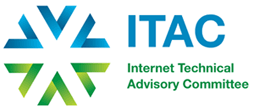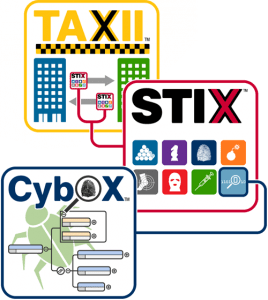The Internet Technical Advisory Committee (ITAC) to the OECD brings together the counsel and expertise of technically focused organizations, in a decentralized and networked approach to policy formulation for the Internet economy. The main purpose of ITAC is to contribute constructively to Internet-related policies developed in the OECD. It mostly contributes to the work of the OECD Committee on Digital Economy Policy (CDEP) and its specific working parties such as the Working Party on Communications and Infrastructure Services Policy (CISP) and the Working Party on Security and Privacy in the Digital Economy (WPSDE).
Table of Contents
Editorial: On the road to Mexico 2016
By Constance Bommelaer Senior Director, Global Policy Partnerships, and Nicolas Seidler, Policy Advisor, The Internet Society
New Internet (and IoT) Era and the Protection of Economic and Social Activities
By Karen McCabe, Senior Director Technology Policy and International Affairs, IEEE Standards Association
Consent as a critical component for Trust in the Growth of the Digital Economy
By Mark Lizar, CISWG Co-Chair, Kantara Initiative
Investigating Whether Internet Paths Stay Within Borders
By Emile Aben, System Architect, RIPE NCC
United we stand: Protecting against cyber threats with standards for sharing
By OASIS CTI Technical Committee
Previous Newsletters
Newsletter N°1
Newsletter N°2
Newsletter N°3
Newsletter N°4
About This Newsletter
ITAC provides an avenue for new technical insights to contribute to the work of the OECD. ITAC is open to any Internet technical and research organization that meets the membership criteria listed in the Committee’s Charter.
ITAC encourages Policymakers, members of Civil Society and Businesses to submit queries regarding any of our work to [email protected]
If your organization is interested in joining ITAC and contributing with technically informed advice to the OECD’s development of Internet-related policies, we invite you to visit our website: http://www.internetac.org, to read the “Criteria for Membership” in ITAC’s Charter (Section III).
For further information on ITAC, please contact us at [email protected]



 By Karen McCabe, Senior Director Technology Policy and International Affairs, IEEE Standards Association
By Karen McCabe, Senior Director Technology Policy and International Affairs, IEEE Standards Association By Mark Lizar, CISWG Co-Chair, Kantara Initiative
By Mark Lizar, CISWG Co-Chair, Kantara Initiative By Emile Aben, System Architect, RIPE NCC
By Emile Aben, System Architect, RIPE NCC
